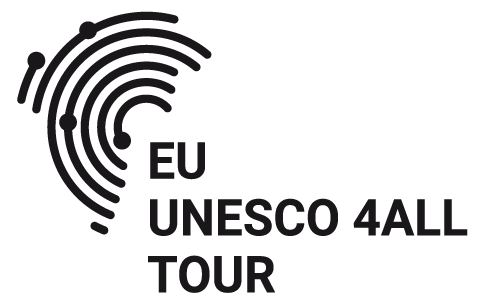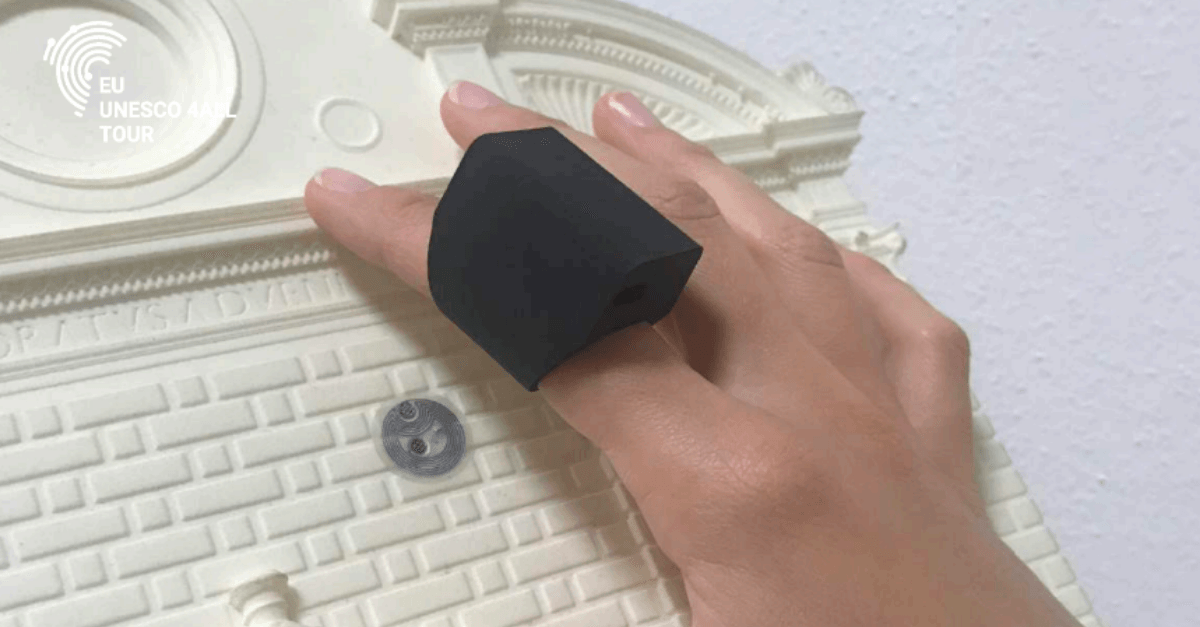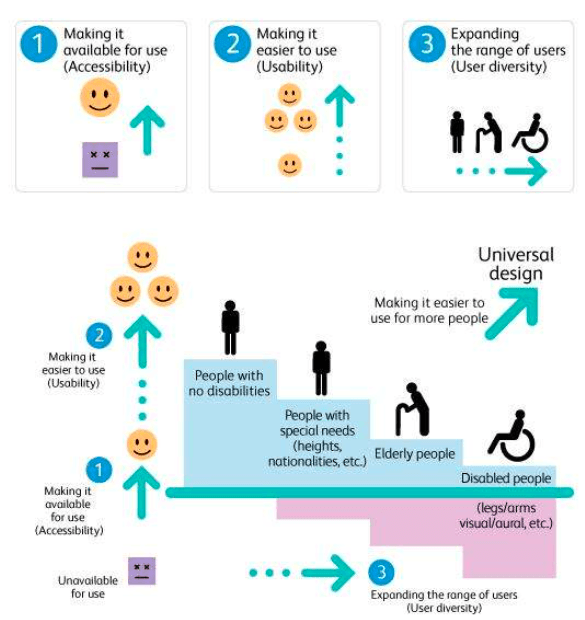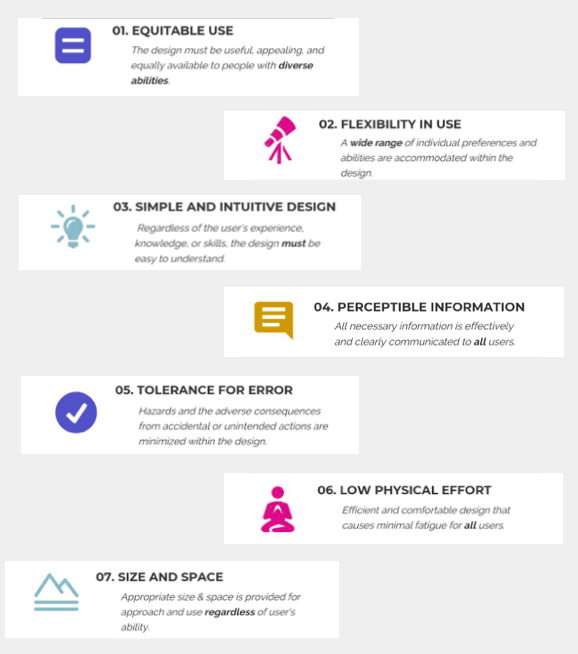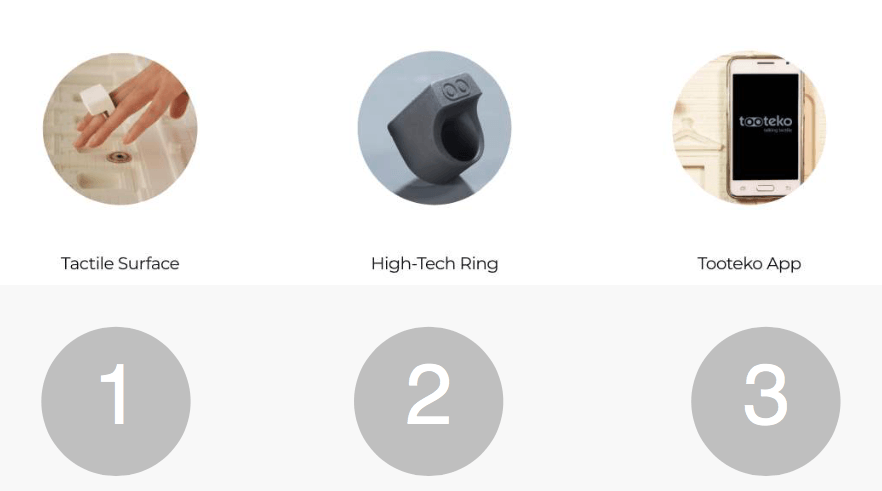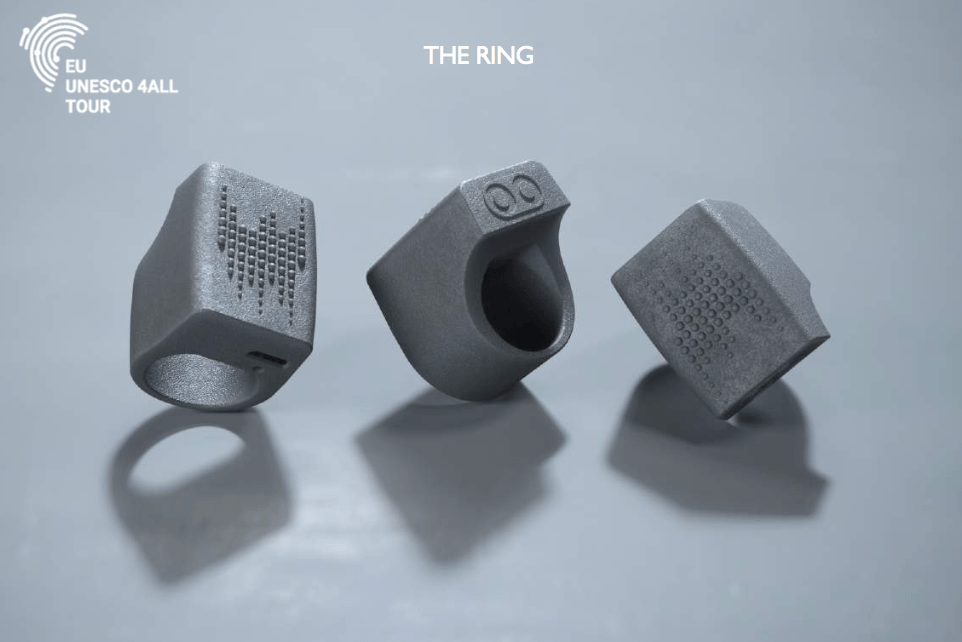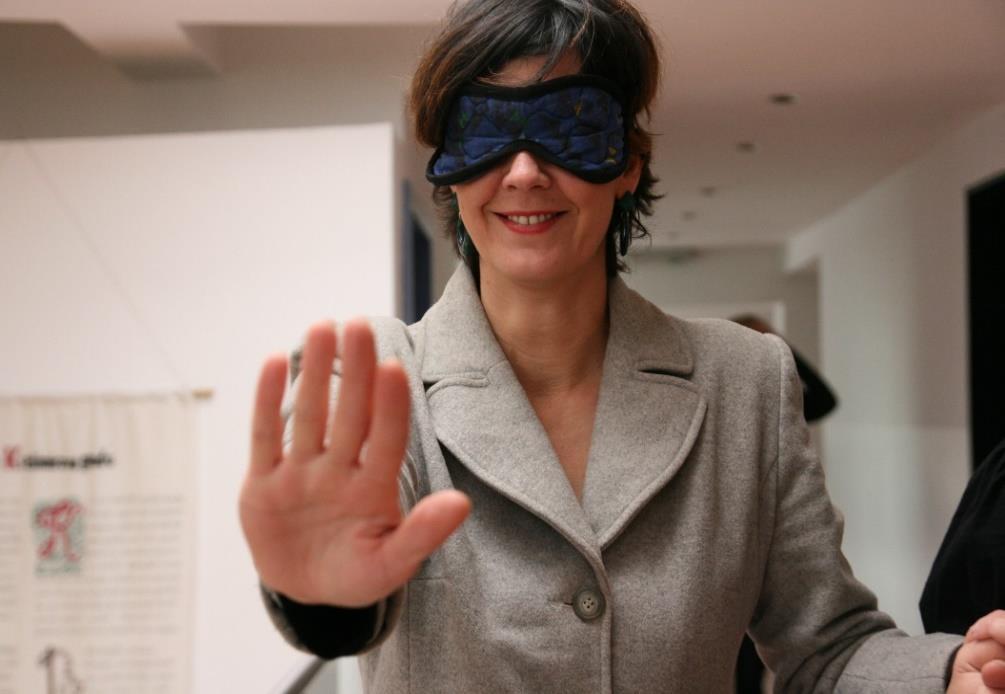The Tactile Talking Replicas
The making of the EU UNESCO4ALL TOUR tactile talking models
Italy, Spain, Bulgaria and Croatia stunning UNESCO WH sites are selected by the Consortium for the creation of the tourism packages and they will be replicated as a tactile models, thus opening the access to the outstanding UNESCO WH sites as never before.
Discover the making of these tactile art-works replicas, from mapping the sites to the identification of the sites details; from the 3d printing to the technology adds-on!
The Basilica of Aquileia, Italy
Aquileia is covered by an extensive archaeological area and its Patriarchal Basilica, located at the northern end of the Adriatic Sea on the Natissa (Natiso) River, and represents an artistic, historical and magic part of our history and culture. It was one of the largest and wealthiest cities of the Early Roman Empire and was destroyed by Attila in the mid-5th century.
Peacocks often appear in early Christian art as a symbol of the Resurrection and Eternal Life. There are various levels to this symbolism. On the western wall, one can see the beautiful mosaic of the peacock, found on the floor of the corridor connecting the Basilica and the Chromatius Hall.
The Alhambra Palace Granada, Spain
The Alhambra is a palace and fortress complex located in the medieval part of Granada, Andalusia, Spain, and one of the sites included at UNESCO Worlds Heritage.
The name Alhambra comes from an Arabic root which means “red or crimson castle”. It is the only surviving palatine city (a royal territorial center) of the Islamic Golden Age.
The Courtyard of the Lions is part of the Alhambra palace complex in Granada, Spain. The Patio of the Lions (Patio de los Leones) is probably the most famous place of the Alhambra. It is so called because of the twelve lions that throw jets of water and which are part of the fountain in the middle of the patio. This white marble fountain is one of the most important
examples of Muslim sculpture.
St. James' Cathedral, Sibenik, Croatia
The Cathedral of St James in Šibenik is the most important architectural achievement in the 15th and 16th century on Croatian soil, located on the Dalmatian coast. It bears witness to the considerable exchanges in the field of monumental arts between Northern Italy, Dalmatia and Tuscany.
The elegance of the facade is complemented by the structure of the roof. The nave and lateral aisles have a barrel roof which are original in that they are made of stone slabs fitted into grooves.
On the outside of the building, there is a frieze of 72 heads. The heads are caricatures of ordinary citizens of the city and, legend has it, the faces were of those too cheap to donate to the building of the church.
The Rila Monastery, Bulgaria
Rila Monastery is located at 13000 meters altitude in the middle of the forests and peaks of Rila Mountain. It was first built and founded in the 10th century, in honour of the ascetic St. Ivan of Rila, who spent the last 20 years of his life praying in relative solitude at a cave four kilometres away.
The church has five domes, three altars and two side chapels. The gold-plated iconostasis is one of the most precious items inside the church. It is famous for its wood-carving, which took five years to be created by 4 handicraftsman.
The domed porch surrounding the church is painted with intensely colorful frescoes, which have been recently cleaned and restored and really glow. I could almost hear and feel the color. Especially that blue. Every surface is covered with scenes of stories from the bible painted in pure, vivid hues.
The Making of : Tactile Models
Eager to know more? Dive into the first chapter of the "The Making of ..." and discover how assistive technology can support the life of people with disabilities!
Play me!
The final talking tactile replicas

Titolo diapositiva
Scrivi qui la tua didascaliaPulsante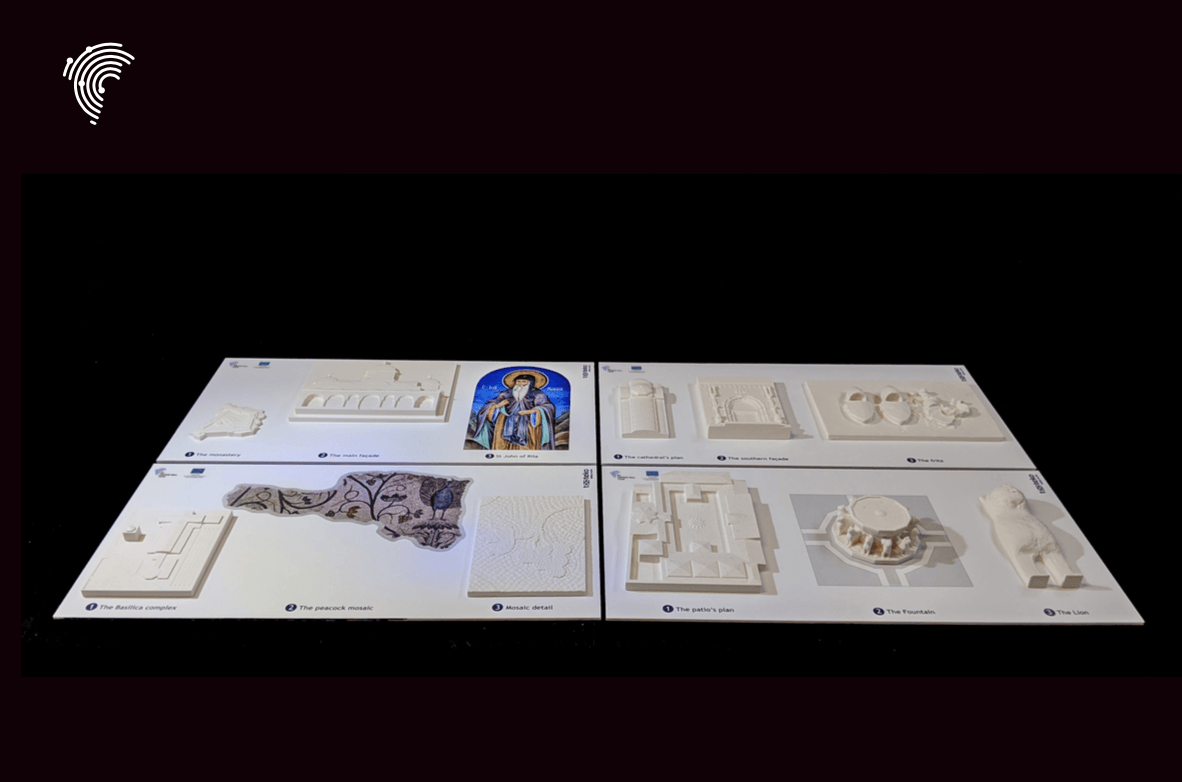
Titolo diapositiva
Scrivi qui la tua didascaliaPulsante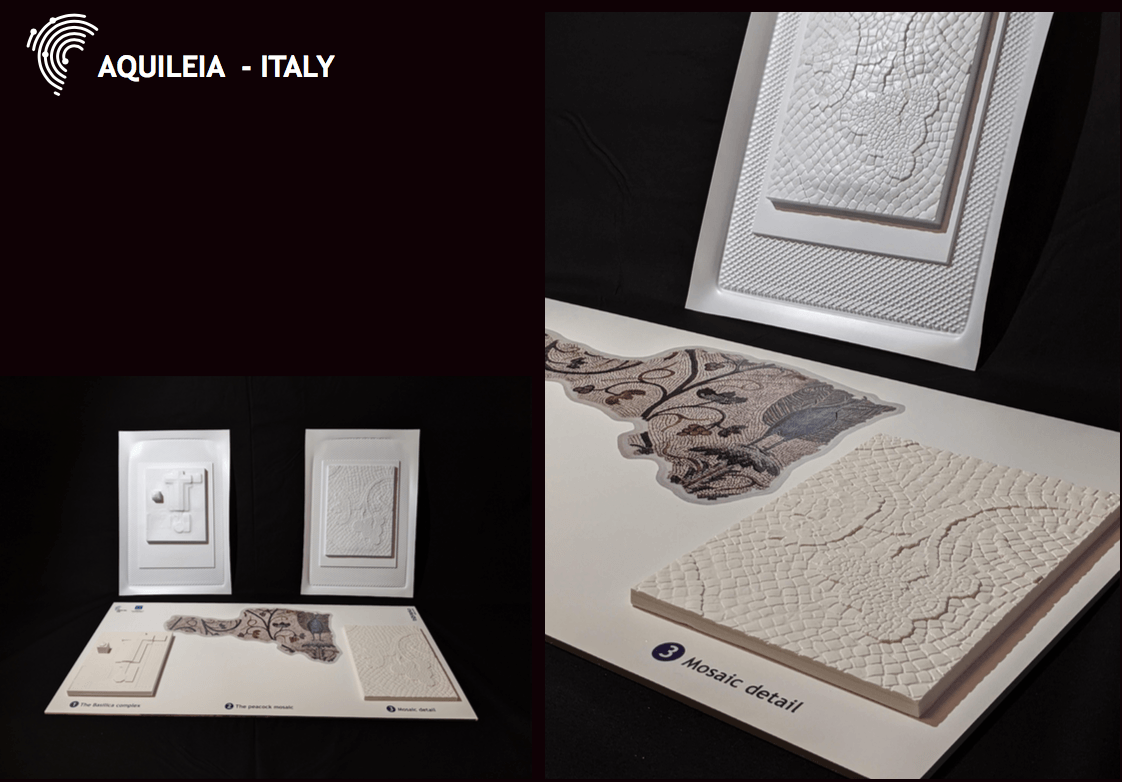
Titolo diapositiva
Scrivi qui la tua didascaliaPulsante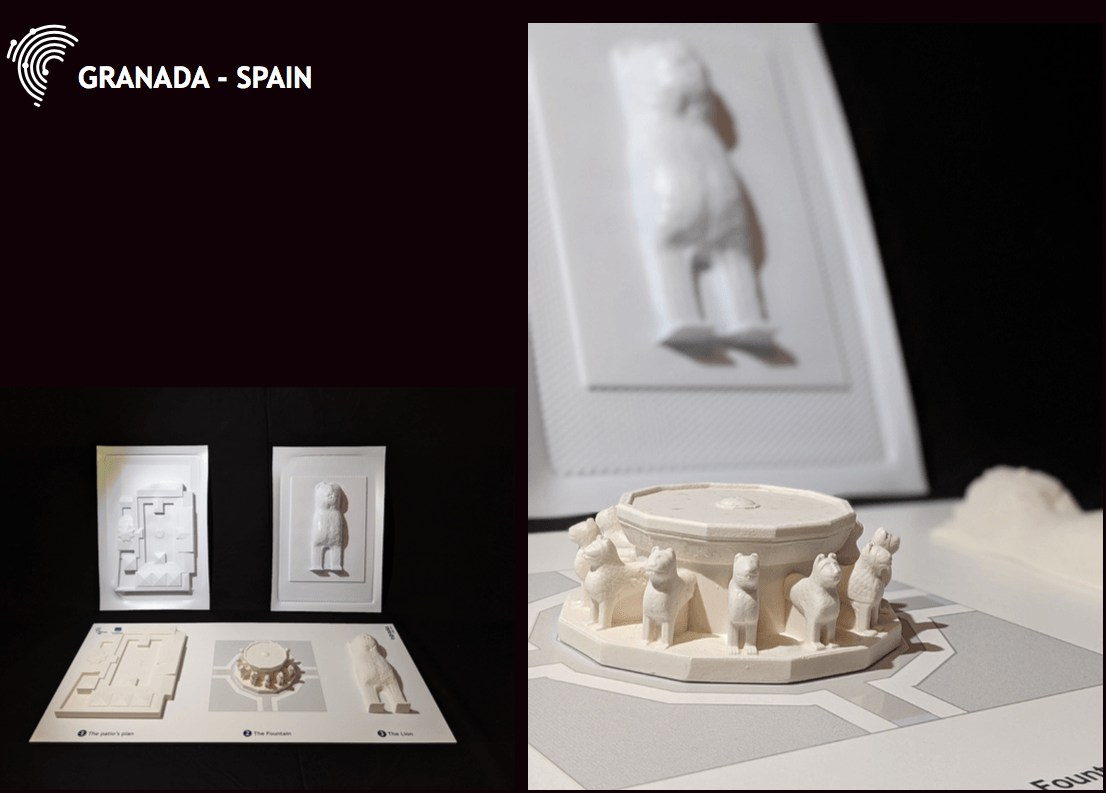
Titolo diapositiva
Scrivi qui la tua didascaliaPulsante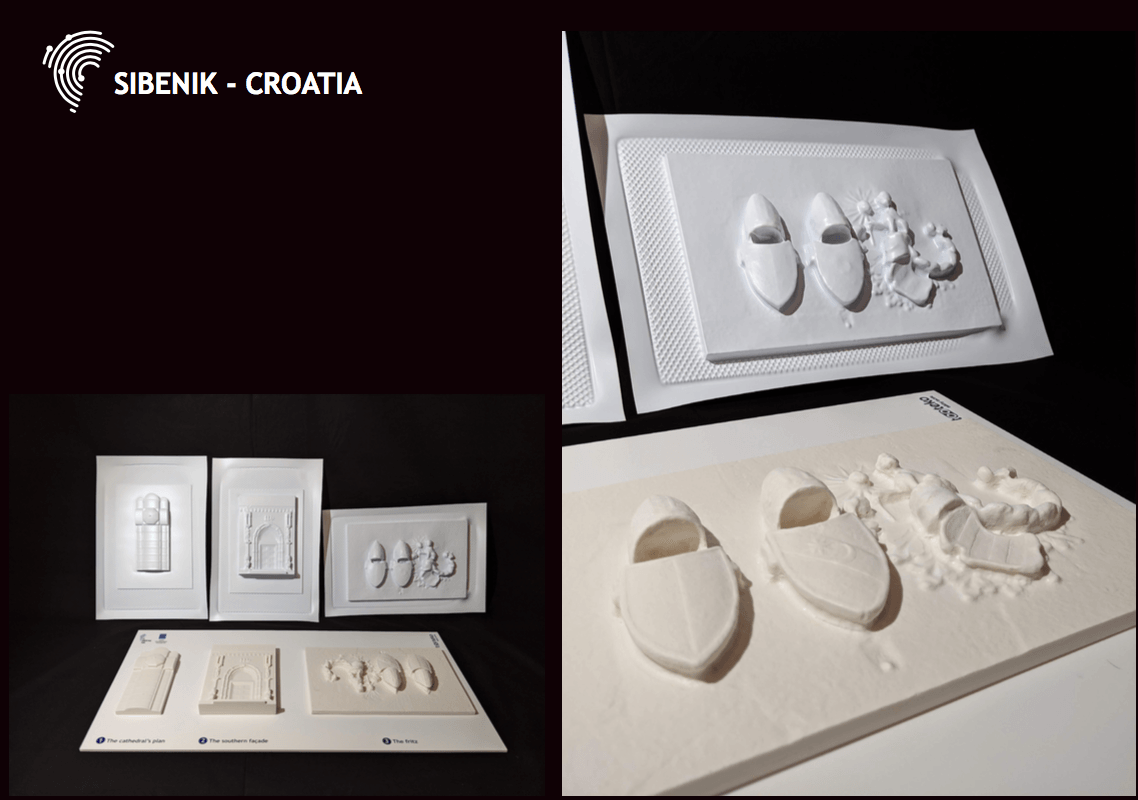
Titolo diapositiva
Scrivi qui la tua didascaliaPulsante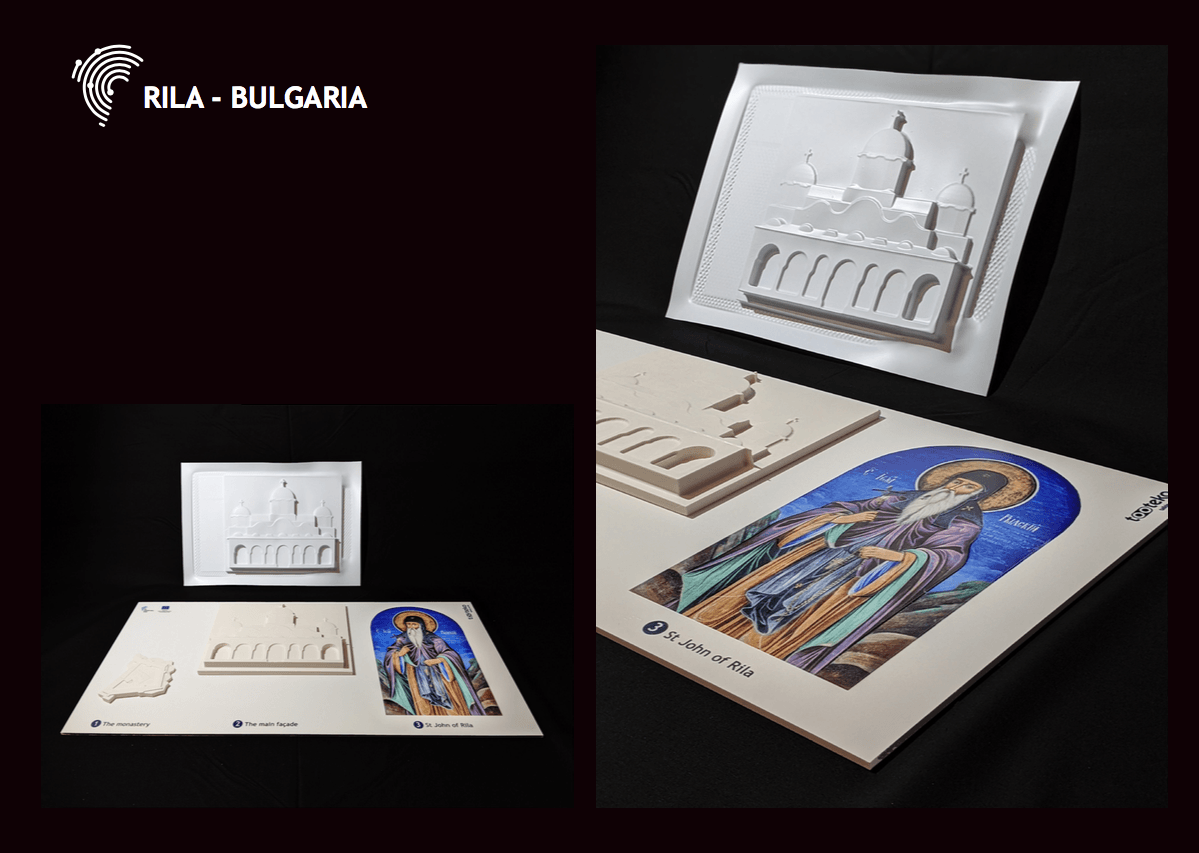
Titolo diapositiva
Scrivi qui la tua didascaliaPulsante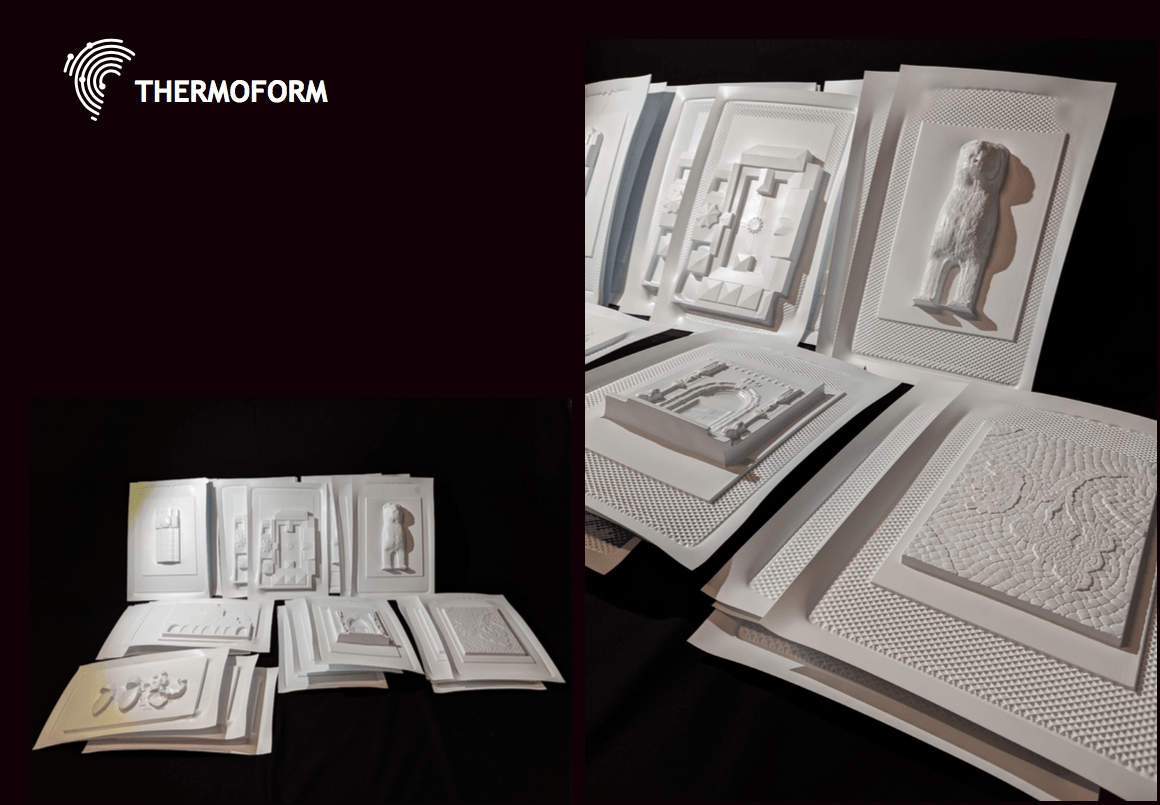
Titolo diapositiva
Scrivi qui la tua didascaliaPulsante
The Tactile Experience
We are making art accessible to the blind and visually impaired by integrating tactile exploration with audio data.
Currently, tactile models are the way through which the blind and visually impaired people perceive artworks and cultural heritage.
The models, however, are per se “dumb”, so an audio guide or a human guide is necessary to integrate tactile perception with verbal information.
Through the innovative technology developed by Tooteko a CCI, the EU UNESCO 4ALL TOUR project will be transforming tactile models of artworks into speaking models, thus allowing an interactive and independent exploration from vulnerable targets, but ultimately opening up the access to ALL cultural heritage. You are not allowed to touch artworks at the museums or on site while our technology will enable everyone to have a direct, physical experience with the artwork through touch and audio, in line with the “Design for ALL'' approach and its guiding principles.
Design for all is “the design of products and environments to be usable by all people, to the greatest extent possible, without the need for adaptation or specialised design”.
The 7 principles are:
The different tactile and talking models (10 in total) will be accessible to our target audiences both on site (in case the management authority approved this) and at the museum's premises (Rakursi Gallery and Typholological Museums).
The boards are made as such to be easy to move, from one museum room to another or to different museums as a roadshow.
Each board and each tactile model is equipped with sensors for enabling the access to multimedia content specifically elaborated for the represented art-work.
On top of that the EU UNESCO4ALL TOUR experience is based on 3 elements:
- A HIGH-TECH RING, which detects and reads the NFC tags included in the tactile surface and communicates in wireless mode with the smart device (a mobile phone or a tablet);
- A TACTILE SURFACE tagged with “NFC sensors”;
- A MOBILE APP for tablets or smartphones.
When brought near to an NFC sensor (1), the ring (2) allows you to receive audio feedback on your smart device in return, via a dedicated app (3). 20 are the rings produced so far for the EU UNESCO4ALL TOUR travel experience.
During tactile exploration, special sensors are triggered by the nearness of fingertips. What is unique about Tooteko is the fact that the explanation is activated by the contact of the ring on the different parts of the model: if I touch an art feature I will get the explanation of that specific detail. Contents can be tailored in relation to the users’ preferences in terms of language, competence, age, etc.
Steps
- The visually impaired visitor wears the ring and the audioguide
- approaches the first panel
- reads the braille introduction on the left side of the panel
- listens to the audio instructions on the audioguide
- starts the tactile exploration using the ring and the sensors
- steps to the following panel
Check out the workshops outputs, provided by UNESCO4ALL partners
here in our Blog!
"EU UNESCO4ALL TOUR: making the EU stunning UNESCO WH sites ACCESSIBLE 4 ALL"
Don’t miss any update, follow our UNESCO4ALL TOUR BLOG.

